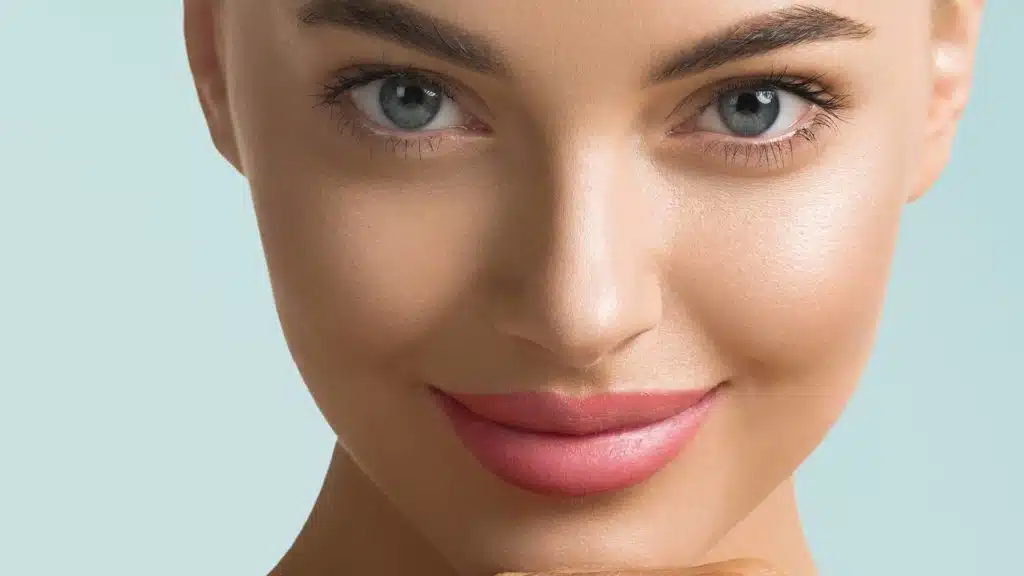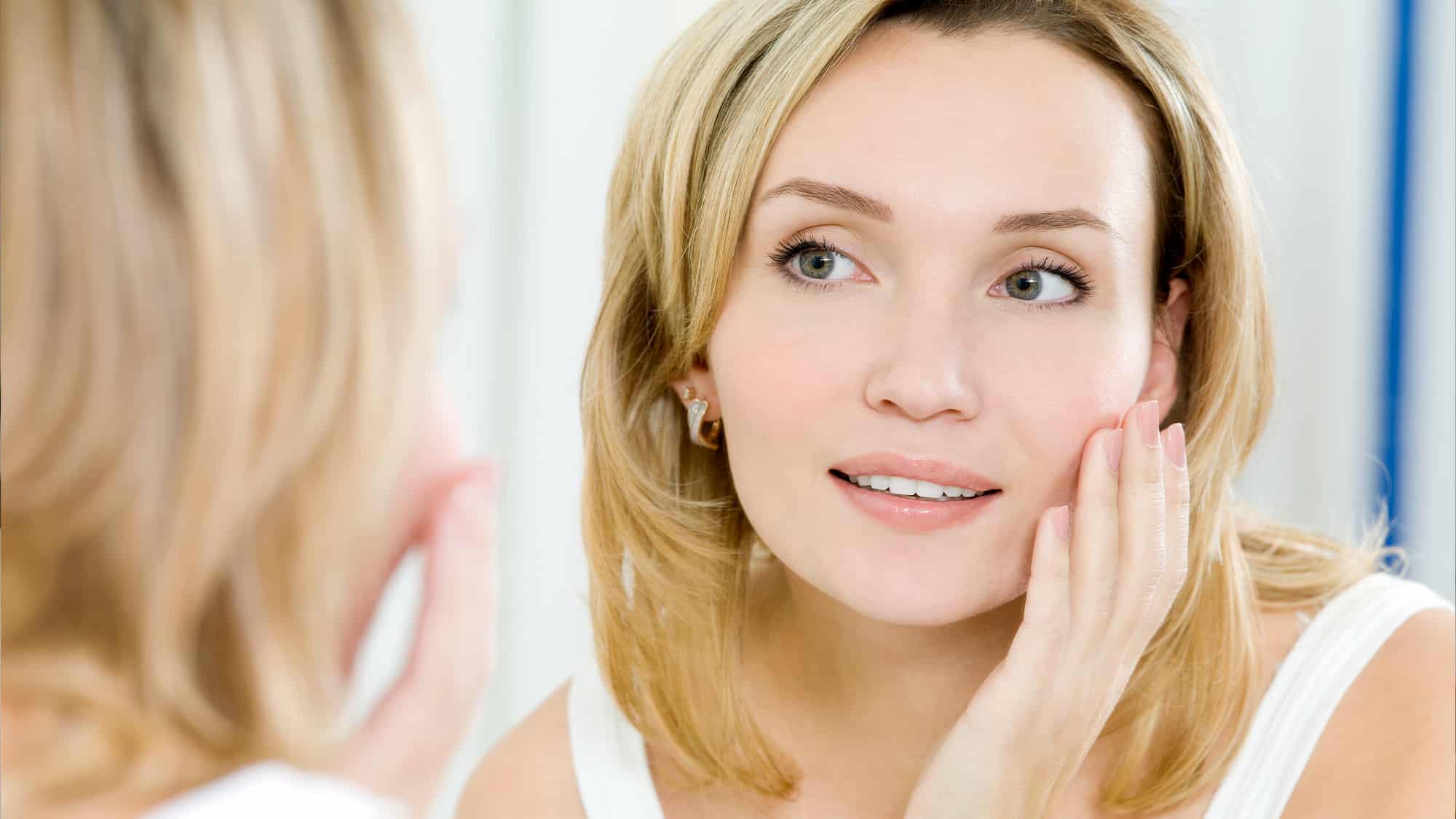
10 Things Not To Do After Rhinoplasty
You may be a bit overwhelmed after rhinoplasty surgery, so plan to create your recovery to-do list in advance. Before the procedure, fill your prescriptions and do your grocery shopping. Ask a friend to help out with your children or pets. Find someone to drive you to and from your surgery, and once you know exactly what to do, it will be easy to go down the list and check things off. When it comes to avoiding rhinoplasty mistakes for recovery, however, you might need more frequent reminders.
As a prospective Beverly Hills rhinoplasty patient, you are likely familiar with the many benefits this facial surgery can provide.
During your consultation and the surgical planning process, your facial plastic surgeon will talk to you about the importance of your recovery period and how well you should care for yourself following surgery. Once you leave the operating room, it’s up to you to protect your nasal surgery results. Carefully follow all the instructions to get the best results and the smoothest recovery. Keep in mind these 10 key tips for things to avoid after rhinoplasty.
Essential Tips After Rhinoplasty
- Avoid strenuous exercise after rhinoplasty to ensure proper healing.
- Keep your hands away from your nose to prevent irritation and complications.
- Protect your nose from the sun and avoid prolonged outdoor exposure.
- Sleep on your back to minimize swelling and support the healing process.
- Refrain from wearing glasses to prevent pressure on your healing nose.
1. Going to the Gym
Before you head in for your rhinoplasty procedure, make peace with the fact that you’ll have to skip out on your usual fitness routine for a few days or weeks.
While it’s healthy for your body to get regular exercise, it’s too risky for your fragile post-surgical nose, especially if the bones haven’t yet set and you are practicing strenuous activities.

Exercising after rhinoplasty and other cosmetic procedures can be a tricky subject. Generally, patients should wait at least two months before engaging in any strenuous exercise or physical activity. During this time, light walking and stretching are usually allowed as long as you take extra care not to bump or jar your nose.
Keep in mind that the healing process varies from person to person. If you experience any pain or discomfort during exercise, stop immediately and contact your facial plastic surgeon for further advice.
Get lots of rest to encourage proper healing and be careful not to overdo it as soon as you start to feel better. Discuss your recovery schedule with your doctor to be sure you’re only participating in activities that are safe for you and your nose!
2. Getting Sick While You Recover
After rhinoplasty Beverly Hills, your healing nose will have enough to deal with on its own, so keep those sniffles at bay.
Avoid anyone who is sick with a cold or flu virus leading up to and shortly after your surgery. Nasal congestion can cause the nose and nasal passages to swell and become even more uncomfortable.
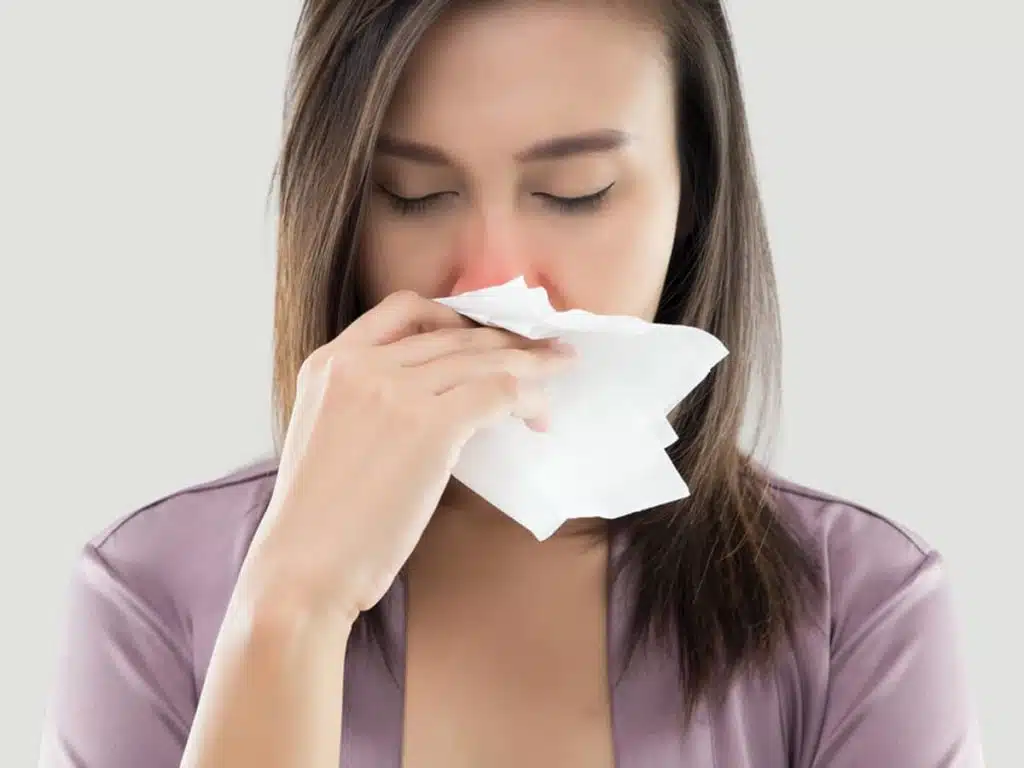
Rhinoplasty surgery is a delicate procedure, and any infection can impact the healing process, for example, from piercings after the nose procedure. During recovery, the nasal tissues and blood vessels are susceptible to infection, so you’ll need to take extra precautions against illnesses such as colds and the flu.
It is recommended to steer clear of potential allergens, such as pet dander and pollen, to prevent an allergy flare-up during the healing process. Adhere to the surgeon’s post-operative care instructions to ensure optimal healing and avoid any potential complications.
3. Touching Your Nose
When it comes to a nose job in Beverly Hills, one of the most important things to remember is not to touch your nose. After surgery, the blood pressure and blood flow in your nose are very delicate and can be easily disrupted.
Touching or manipulating your nose too soon after this surgical procedure can cause swelling, bruising, or even infection. It’s best to wait until you have been cleared by your facial plastic surgeon before touching or manipulating your nose in any way.
4. Staying Out for Too Long or Taking Sunbaths
Healing tissue is especially vulnerable to many things, including the rays of the sun.
Following your rhinoplasty surgery, keep your nose covered or protected with sunscreen when you spend time outdoors.

You should also be aware that scar tissue forming at your incision sites can be more easily affected by UV rays and become more visible. You can apply a strong SPF to protect your delicate skin from daily exposure and potential pigment issues later on.
5. Wearing Your Glasses
They may seem lightweight and completely harmless, but those eyeglasses could cause problems for your healing nasal bridge. During the initial part of your recovery, the bones and cartilage of your nose will be very soft and flexible, making them more susceptible to the pressure of those glasses.
To ensure proper healing and maintain rhinoplasty results, avoid wearing glasses or sunglasses that rest on the nasal bridge.
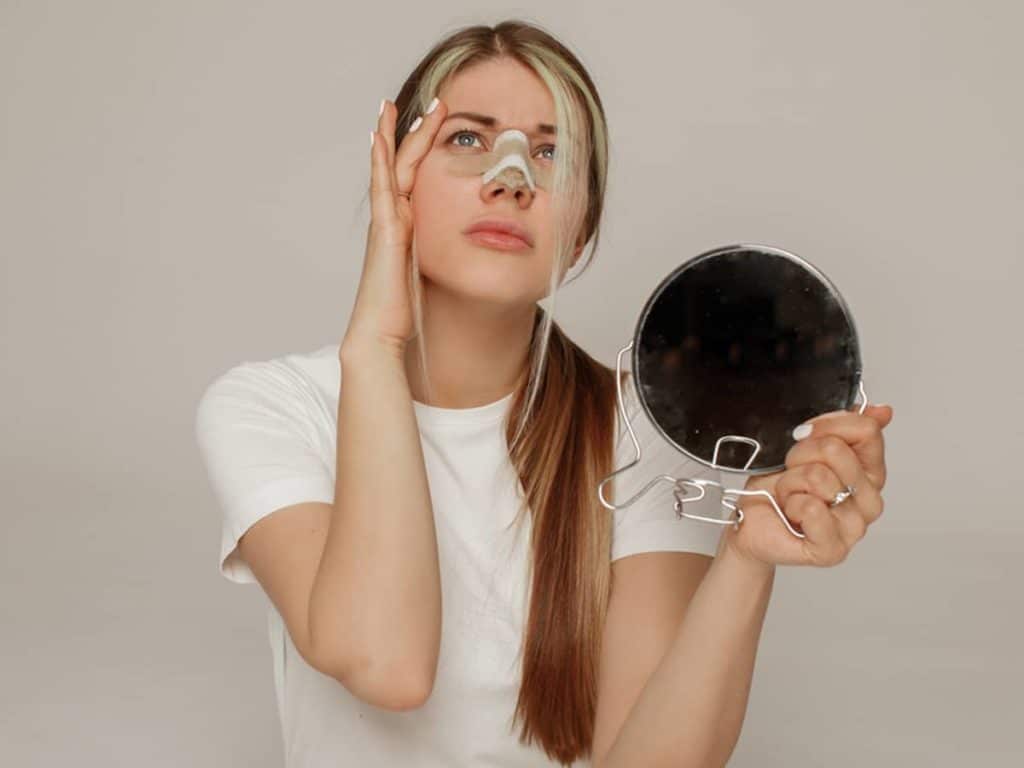
This can potentially cause damage and may require revision rhinoplasty. Contact lenses can be a helpful alternative during the healing process.
6. Sleeping Sideways or Lying Down Flat
Resting is a key part of your rhinoplasty recovery process, but how you get that rest matters. Any time you are reclining to relax or lying down to sleep, be sure to keep your head propped up at an angle.
Lying flat can cause an increase in swelling, increase your pain levels, or lead to harmful bleeding-related side effects like a hematoma. Follow your nose surgeon’s advice carefully to make sure you keep your head elevated as long as it is required for safe and complete healing.
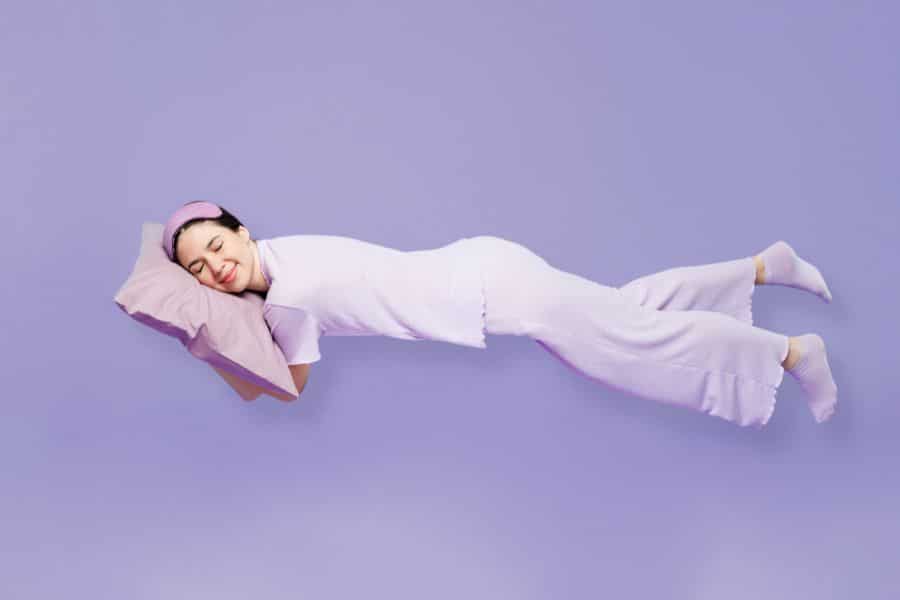
Ensure Successful Rhinoplasty
Follow Dr. Andrew Frankel’s expert advice to achieve the best results from your rhinoplasty.
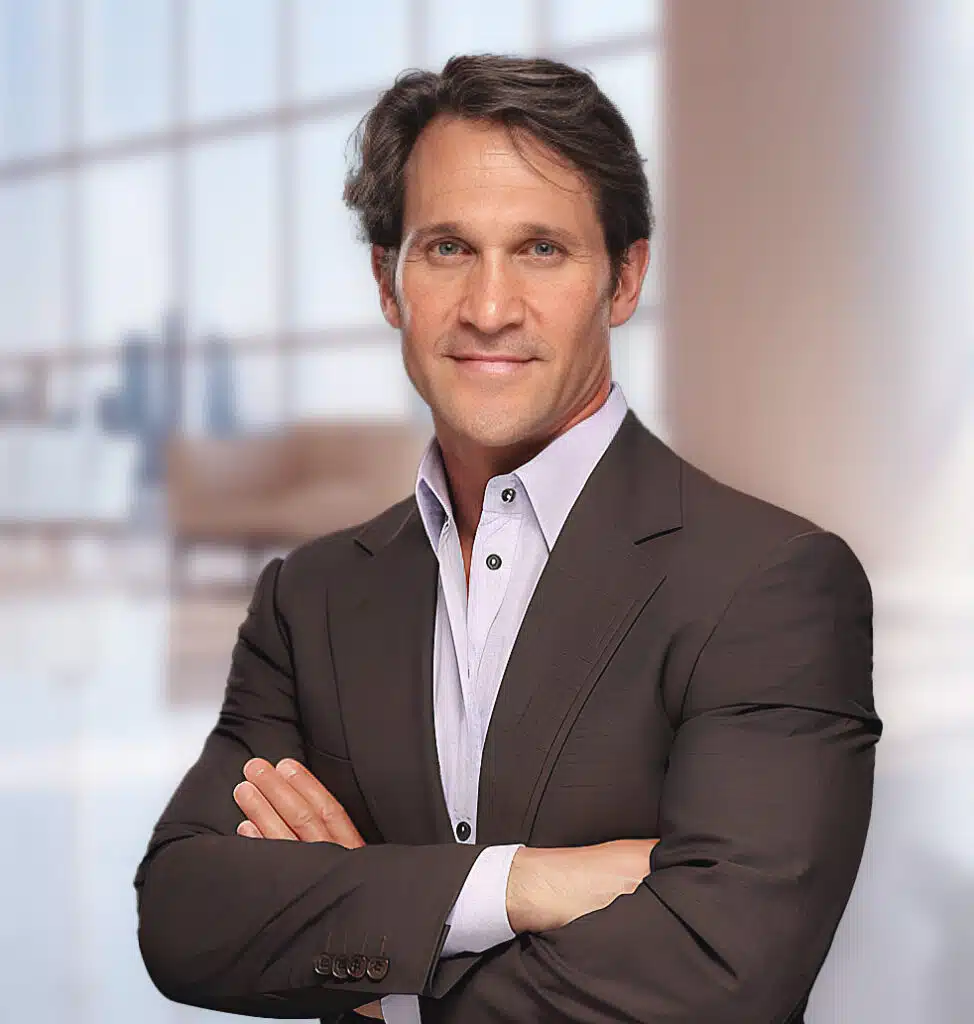
7. Sexual Activity
It is not rare that after rhinoplasty surgery, many specialists advise patients to limit sexual activity for the first three weeks due to its strenuous nature on the body. To prevent the formation of blood clots, it is advisable to take short walks inside the house instead of any other type of physical activity.
However, as noted previously, everyone’s healing process is different, so listen to your body and communicate with your surgeon about any concerns or questions you may have about this topic.
8. Drinking, Smoking, or Partying
Many substances can interact with anesthetics, pain medication, and other prescriptions you may be taking after surgery. Smoking, drinking, or using any drugs of any kind could cause problems with blood circulation, hydration, and more.
For a safe and smooth recovery, avoid anything that hasn’t been expressly approved by your doctor. It’s the best way to be sure your recovery will stay on track.
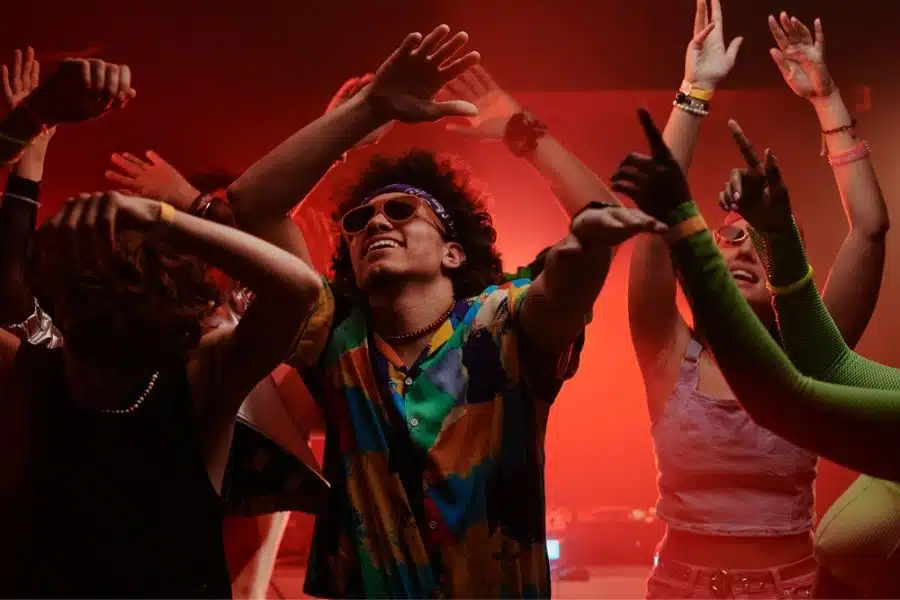
9. Eating All You Want
Following a proper diet and avoiding nicotine is a crucial aspect of recovering from rhinoplasty. During the initial weeks post-surgery, it is advisable to consume soft foods like mashed potatoes and oatmeal, and refrain from eating spicy or crunchy foods that may cause discomfort to your nasal region.
Focus on eating anti-inflammatory foods during your recovery from rhinoplasty in Beverly Hills. Foods like pineapple juice, which is high in bromelain, can help reduce swelling and inflammation. Eating plenty of fruits and vegetables that are rich in antioxidants can also help speed up the healing process.

Keep following the instructions of your doctor for diet and nutrition during recovery. They can provide you with specific advice tailored to your individual needs. Additionally, drinking plenty of water will help keep your body hydrated and promote healthy healing.
10. Using Makeup
It is best to avoid wearing makeup or any other products that could irritate the delicate healing tissue during the weeks after nose surgery.
In the days after surgery, your skin may be either oily or dry. If you have oily skin, it is best to avoid using any oil-based products on your face as this can lead to clogged pores and irritation. For those with dry skin, use a gentle moisturizer to keep the area hydrated and prevent any further irritation. Avoid touching or rubbing the area for at least 2 weeks after surgery to allow for proper healing.
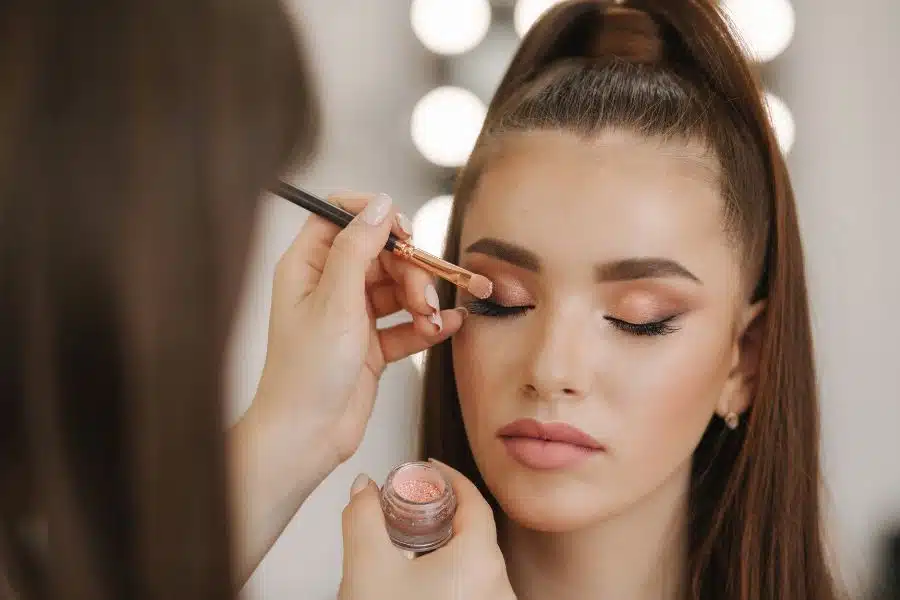
How to Avoid Scar Tissue After Nose Surgery
Scar tissue is a common side effect of rhinoplasty and can be difficult to get rid of. Fortunately, with proper care and following your surgeon’s instructions, it can go away. Soft tissue massage is one way to help break down scar tissue and encourage the healing process. This should only be done after you have been cleared by your plastic surgeon, as it could cause further damage if done too soon.
Using silicone sheeting or gel pads on the nose can also help reduce scarring. Plastic surgery techniques such as laser resurfacing may also be used to reduce the appearance of scarring in some cases.
Plan a Successful Rhinoplasty with an Expert
Achieve your best results from Rhinoplasty Los Angeles and keep them looking great when you work with an expert in the field. To learn more about this cosmetic surgery, plan your initial consultation now. Consult with a surgeon to achieve your best results. Dr. Andrew Frankel is board certified in Facial Plastic and Reconstructive Surgery, as well as Otolaryngology-Head and Neck Surgery (Ear Nose, and Throat).
He specializes in nasal surgery and has been recognized for his original research regarding vasculature to the nose and rhinoplasty’s effect on it. Schedule your appointment today with a world-renowned facial plastic surgeon to guarantee your best rhinoplasty results. Contact Dr. Frankel’s office, located at 201 Lasky Drive in Beverly Hills, California, by calling (310) 552-2173.
